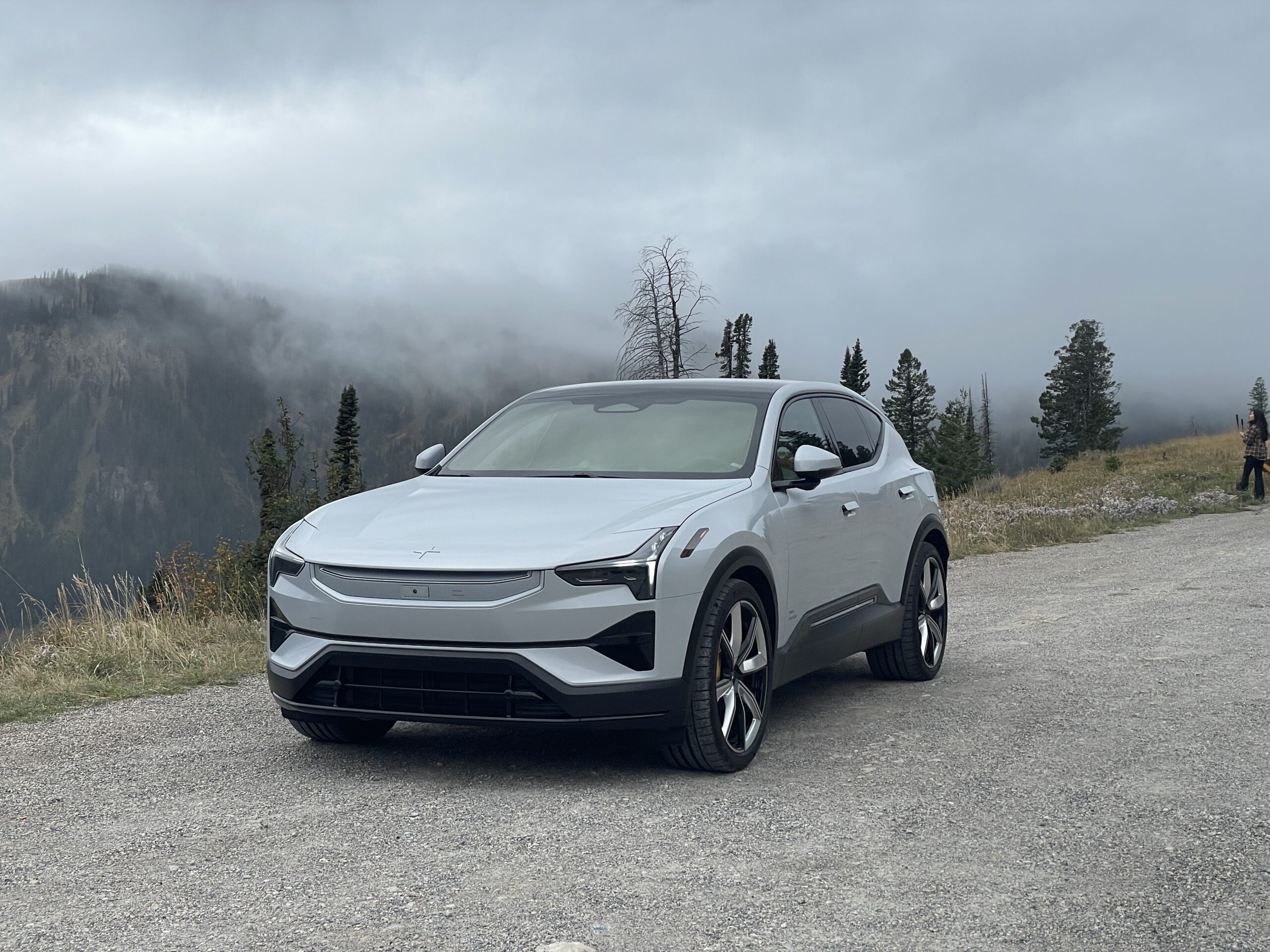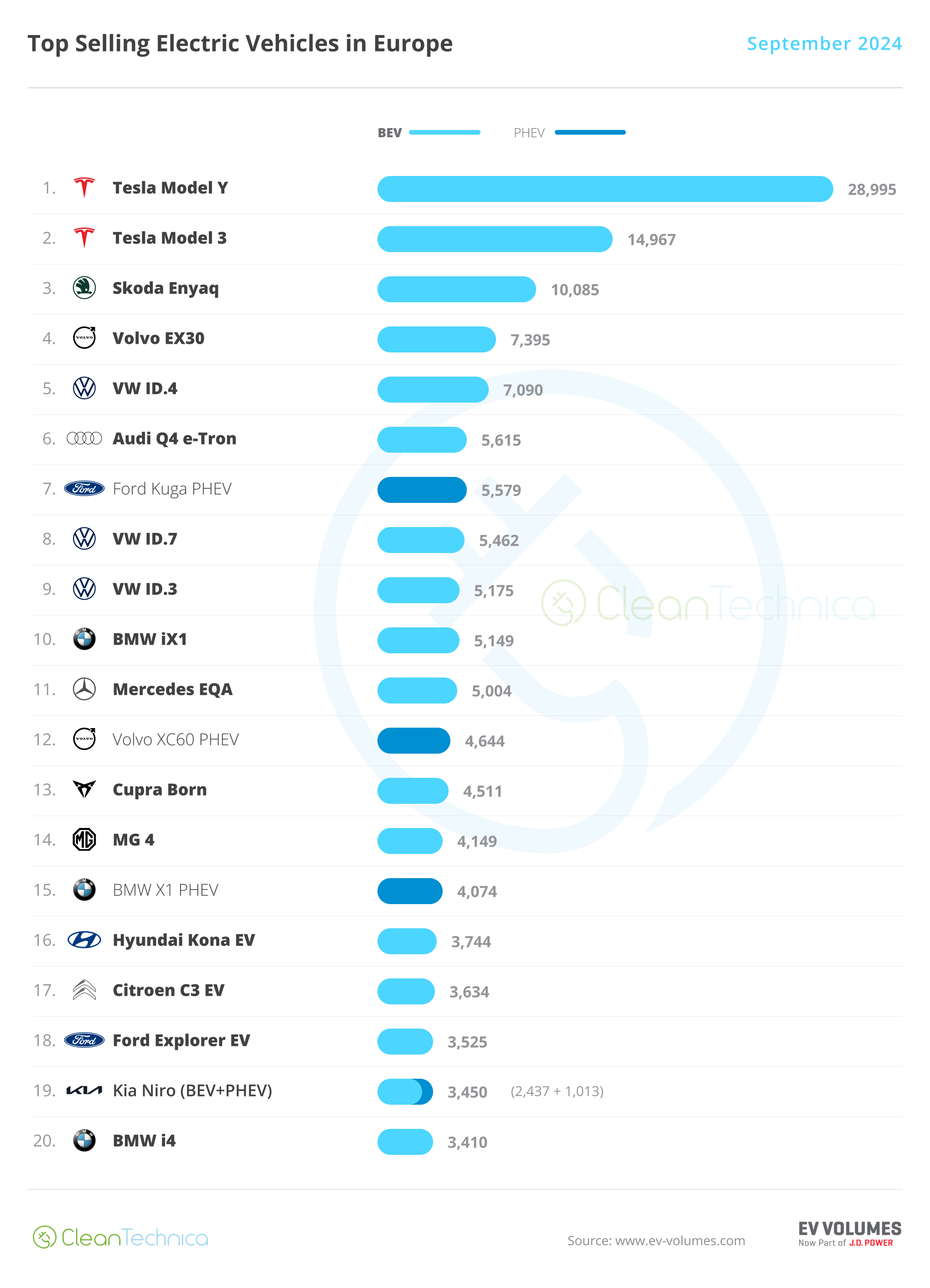Sign up for daily news updates from CleanTechnica on email. Or follow us on Google News!
There are many areas of automotive life where we like to compare the numbers. Which car has more horsepower? Which ones has more torque? What’s the 0-60 time? Quarter mile? EVs add to this numbers war with things like EPA or WLTP range, charging speeds, number of motors, and the robustness of the charging network.
As much as I dislike Tesla’s approach to automotive design (especially the interiors), and as annoyed as I am at the behavior of the company’s most public face, it would be foolish to deny that Tesla has the numbers advantage in the EV industry. This is especially true in the United States, where most EVs sold are Teslas and the Supercharger network is both numerically superior and more reliable than the CCS network. Tesla’s vehicles aren’t the best cars on the road in any way, but they’re better EVs than most of what the competition sells.
It’s going to be extremely difficult for other manufacturers to catch up. Tesla has around a decade’s head start over American and European automakers. This time not only gives them a production numbers advantage, but also the experience building EVs, software, and charging networks.
As I’ve written about the disappointing growth in EV sales (something that’s negatively affecting Tesla right now, too), I’m starting to wonder whether catching up to Tesla is the smart move at all. I’m already annoyed that other automakers are trying to build Tesla clones that charge at Tesla chargers and work like a Tesla, because this ultimately limits the innovation and competition that the industry can produce.
But, instead of trying to outplay Tesla at a game they pioneered, maybe other automakers should look at this situation as an opportunity for more outside the box thinking. But, getting there is going to mean questioning and challenging a lot of automotive industry, transportation, and cultural assumptions.
Let’s take a look at some of the assumptions in hopes that people will question them more and come up with better ideas than I can.
Assumption #1: Continuing The 1950s Approach, But Under Electric Power
The simple fact is that cars haven’t fundamentally changed in a long, long time. They almost all have four wheels, drive in a standard-width traffic lane, park in standard parking spaces, and drive on the same kinds of roads. They’ve greatly improved in safety, efficiency, reliability, and comfort over the decades, but they’re still just cars.
I’ll get some flack from the “Do you really think you’re smarter than the richest man on the planet?” crowd for this, but I don’t see Elon Musk thinking outside of the standard automotive industry box very far. Tesla’s vehicles are still normal cars, just with different powertrains. The Boring Company was supposed to massively innovate driving with tunnels, but those are just the same freeways even if they’re underground. Even self driving cars (assuming they actually gain that status) are still cars.
I don’t mean this in any kind of an insulting way, but Elon Musk is really more of an Edison than a Nikola Tesla. The world absolutely needs Edisons, because you can’t change the world if you’re wasting away in a hotel room somebody else paid for pining for the unrequited psychic love of one of the pigeons outside. But, being good at putting deals together and making technology work in the real world against terrible odds isn’t the same as truly innovating and pioneering radical new ideas that depart in significant ways from the status quo.
If automakers would experiment more with non-car approaches to electrified transportation, they may find ways to beat Tesla at entirely different games that Tesla isn’t even playing. But, this will require big corporations and play-it-safe investors to seriously consider things like three-wheeled vehicles, better forms of micromobility, better interfacing between private transportation and transit, or possibly eliminating the need for transportation in some areas.
Assumption #2: The Need For Speed
One of the primary advantages of cars is how quickly they can get the job done. You get into them in your driveway, lot, or garage and get going immediately on your own schedule. You drive them at or a little above the speed limit. Stopping is bad. Going 80 MPH is good. Charging times greater than gas-pumping times are bad.
But, does everybody really need all of that speed?
To be clear, I’m not pushing some awful “vision zero” or “you’ll own nothing and be happy” agenda here. I think the terminally-online urbanist approach to this stinks because it leaves drivers feeling like somebody took something away from them, which in turn leads to “throw the bums out” and hitting Ctrl+Z on such policies after the next election. I’m really, really not asking the transportation equivalent of “Why do you need an AR-15?” here.
I think we need to ask this fundamental question not because speed is bad and we want to take the speed away, but because many people might value other things more than speed. For example, I’d personally be very happy with a slow EV that has a bed, a bathroom, and a kitchenette. Bonus points if it can drive me places while I sleep or watch YouTube videos about the nature of the universe or maybe write articles.
It may be possible to build radically different vehicles that are inexpensive and efficient, but offer something people love more than speed. Why? Because speed is just another form of efficiency, just in four dimensions. It’s also another form of comfort, and even money (time is money).
Assumption #3: The Superiority Of Battery-Electric Vehicles
Before I question this assumption, I want to be clear that I’m not talking about reverting to fossil fuels, even partially (ex PHEVs). Just as EVs are better than ICE and hybrid vehicles, there may be other technologies that would be better still at moving people and things around as needed. And, no, I’m not talking about hydrogen unless there’s a major efficiency and anti-greenwashing breakthrough.
Whoever figures out that even better thing first is going to be the next Tesla, or maybe the next Microsoft or Apple. Or, maybe even the next phase of human civilization. Who knows. But, if it’s an even cleaner technology, we’d definitely cover it here.
Featured image: “Leaving The Opera In The Year 2000” by Albert Robida, late 19th century painting. Public Domain.
Have a tip for CleanTechnica? Want to advertise? Want to suggest a guest for our CleanTech Talk podcast? Contact us here.
Our Latest EVObsession Video
I don’t like paywalls. You don’t like paywalls. Who likes paywalls? Here at CleanTechnica, we implemented a limited paywall for a while, but it always felt wrong — and it was always tough to decide what we should put behind there. In theory, your most exclusive and best content goes behind a paywall. But then fewer people read it!! So, we’ve decided to completely nix paywalls here at CleanTechnica. But…
Thank you!
CleanTechnica uses affiliate links. See our policy here.




